
Grandma Shiki discovered sembei,
a traditional snack from an old village,
which eventually spread throughout Japan.
She cherished flowers, herbs, and mountain life.
Every night, she would bake sembei by the hearth,
creating cherished memories.
Today,we are proud to share this 600-year-old snack with the world,
using Grandma Shiki’s recipe and love.
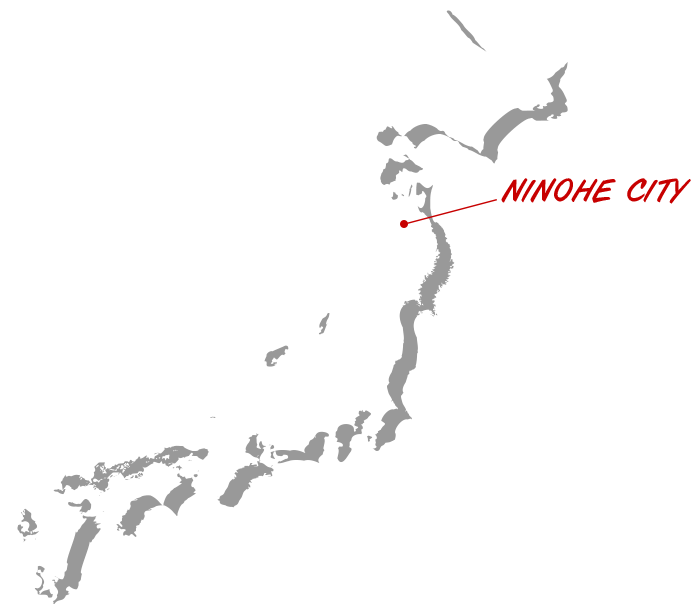 Our factory is located on a hill overlooking the Mabuchi River, a rich and flowing symbol of Ninohe City.
Our factory is located on a hill overlooking the Mabuchi River, a rich and flowing symbol of Ninohe City.
This place was once home to an apple orchard cherished by our founding president. In spring, the orchard would bloom with beautiful white flowers, and in autumn, it would bear delicious fruit, bringing joy to everyone. In the middle of the orchard stood a prized cherry tree.
We were reluctant to cut down that tree, and even after doing so, we enshrined it in our factory as a kamidana (Shinto altar). Today, it watches over the safety of our workers and the growth of our company.
At Iwateya, we aspire to be like those apple and cherry trees—blossoming abundantly, bearing delicious fruit, and sharing our flavors with many people as a way of giving back.
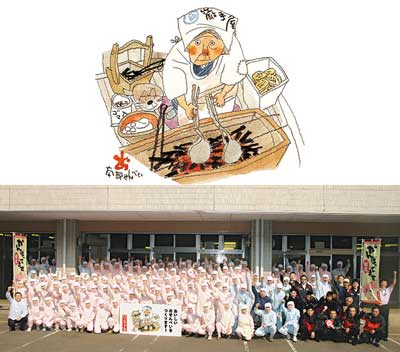 Our company is dedicated to food manufacturing. We owe our existence to our loyal customers, the suppliers who provide us with quality ingredients, and the employees who work alongside us.
Our company is dedicated to food manufacturing. We owe our existence to our loyal customers, the suppliers who provide us with quality ingredients, and the employees who work alongside us.
Each sembei we make is also filled with the blessings of nature. We are deeply grateful for all of this, and we will continue striving to deliver even better products while never forgetting the warmth of a grandmother’s hands.
Each sembei we create is not only filled with the blessings of nature but also made possible through the connections and support of our customers and many others.
With deep gratitude, we will continue to craft even better products. Guided by the principles of "gratitude and creativity," We will keep shaping sincerity into every product we deliver to you.



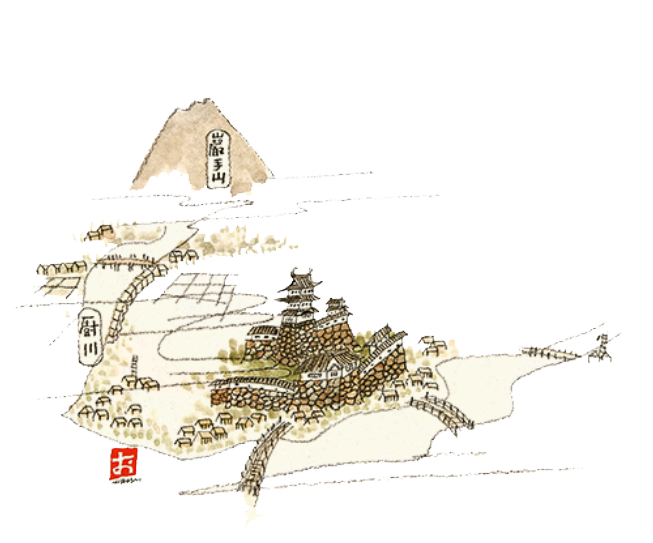
Nambu sembei has been baked and eaten for over 600 years in the former Nambu domain, including Hachinohe, Ninohe, and Morioka.
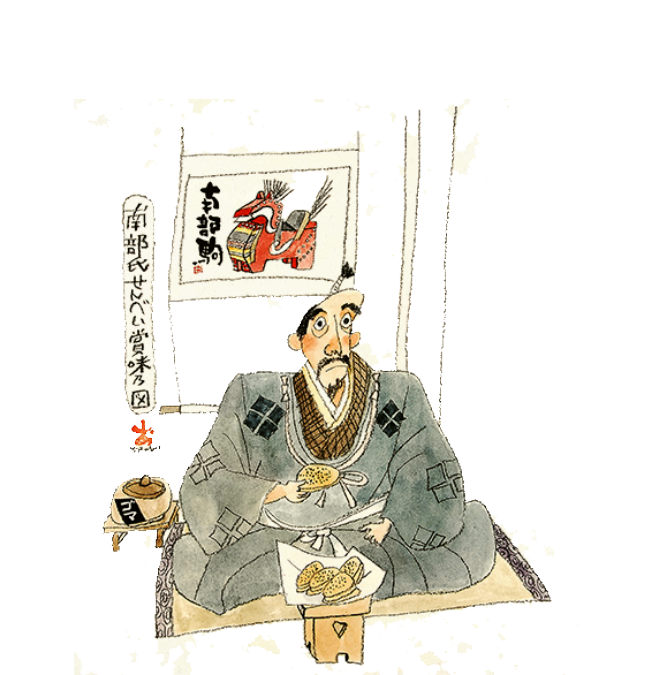
It was valued as a field ration and preserved food, earning the name "Samurai Food."

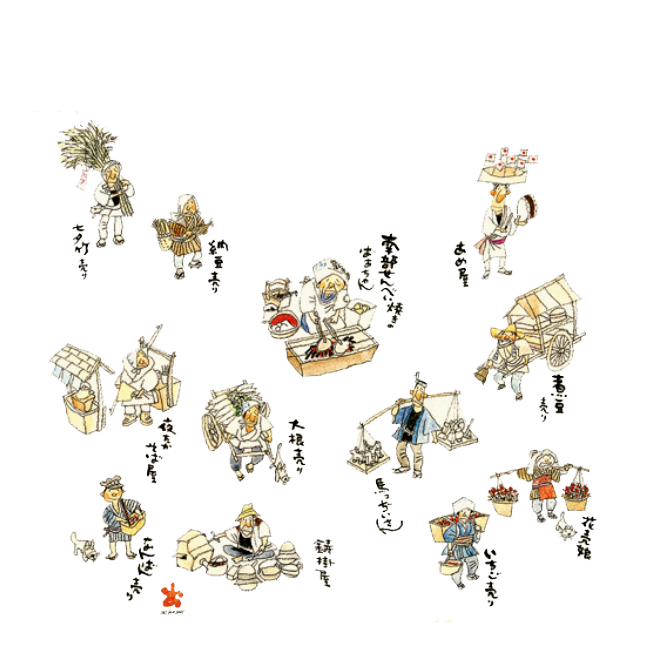
For impoverished farmers, sembei made from buckwheat or wheat and baked over a hearth or open stove was an essential food source. Even in the difficult times, when sweets had nearly disappeared, wheat and sesame could still be gathered from somewhere, making ingredient shortages less of a concern. Sembei is an essential part of religious ceremonies and celebrations. In weddings, it was once customary to place red bean rice on top of sembei and distribute it to neighbors. This tradition was somewhat like the modern canapé served at appetizers. Similarly, it was customary to deliver sembei as a gift when visiting someone after childbirth.



Minoru Komatsu and "Shiki" Komatsu begin business.
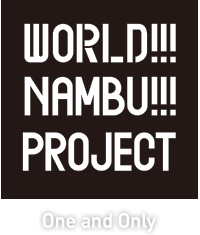
The Japanese 「ワ"Wa"」 can be written with various kanji and has multiple meanings.
One of these kanji is 「羽”wing"」, which conveys the idea of spreading wings to the world.
This is one of Komatsu Seika's guiding principles in its approach to the future.

support@iwateya.co.jp